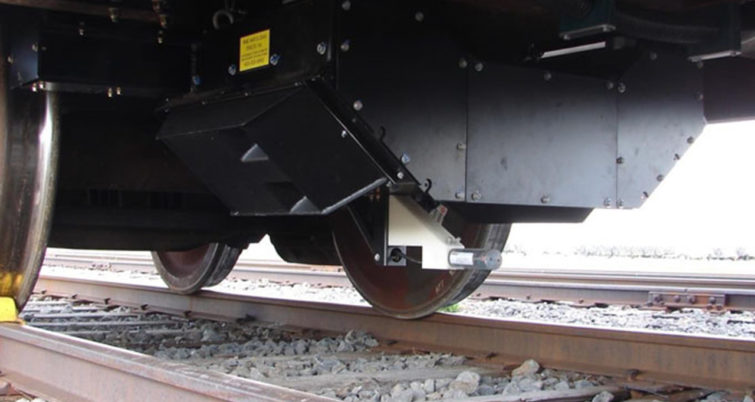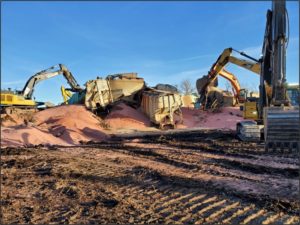FRA to Congress: Visual Track Inspections Still Necessary, for Now
Written by William C. Vantuono, Editor-In-Chief, Railway Age
The Federal Railroad Administration (FRA) has submitted to Congress “Automated Track Inspection Technologies,” a report (download below) required under the 2023 Consolidated Appropriations Act. Sent to the House and Senate Appropriations Committees, the report evaluates the performance of automated track inspection technologies and whether additional data is needed to determine if automated technology can detect all defects identified in 49 CFR 213, Track Safety Standards. FRA did not appear to reach any definitive conclusions.
An accompanying Joint Explanatory Statement further requested FRA to describe any next steps the agency is considering, including any potential regulatory actions, to incorporate automated track inspections into the inspection process upon completion of Railroad Safety Advisory Committee (RSAC) Task 19-05.
“The use of automated track inspection technology, specifically Track Geometry Measurement Systems (TGMS) or Automated (Autonomous) Track Geometry Measurement Systems (ATGMS), in addition to visual inspections, has helped drive down the number of track-caused derailments,” FRA noted. “Today, every Class I railroad uses automated track inspection technology without waivers from FRA. BNSF has a waiver on its Powder River Territory route and Southern Transcon route that allows BNSF to reduce the number of visual inspections …
“In addition to TGMS or ATGMS, many railroads supplement the required regulatory inspections with additional inspections made with novel instrumentation systems to better plan maintenance and allocate resources. While these novel instrumentation systems may also identify track safety issues, they have not yet been proven to be as accurate or reliable as the required visual track inspections. Their use also varies widely by railroad. Ground penetrating radar is used to identify issues with ballast and sub-ballast. Light detection and ranging (Lidar)/3-D imaging systems can map grade crossings and other physical characteristics of the right-of-way. Machine vision systems image the track structure, including optical-based systems utilizing high-speed cameras to capture the images, and more sophisticated systems combining lasers and cameras to produce images or 3-D renderings of the right-of-way. Vertical deflection measurement systems help railroads evaluate the stiffness of the track and identify soft spots in the roadbed. As with TGMS or ATGMS, FRA does not restrict the use of novel instrumentation systems.”
In summary, the report recommends that railroads continue utilizing visual inspections while developing and testing new inspection technologies. “In combination with visual inspections, technological advancement has become essential to railroads’ track asset management and safety assurance programs,” FRA said. “While maintaining visual inspections, FRA encourages railroads to continue to develop and test new track inspection technologies. Visual inspections are necessary, since no combination of available track inspection technologies can detect all defects outlined in 49 CFR part 213. Track Inspection Test Programs have concluded, and FRA is continuing to monitor BNSF’s waiver. FRA and RSAC are currently examining the results of the Test Programs and waiver with the goal of reaching a consensus recommendation. Regardless of the outcome of the RSAC task, FRA will continue to evaluate additional track inspection technologies to improve the safety and efficiency of the rail network.”
Further Reading
FRA Awards Automated Track Inspection Program Contract to ENSCO
Timeout for Tech: Automated Inspection Opportunities & Limitations
Canadian Pacific’s Implementation and Use of ATGMS





